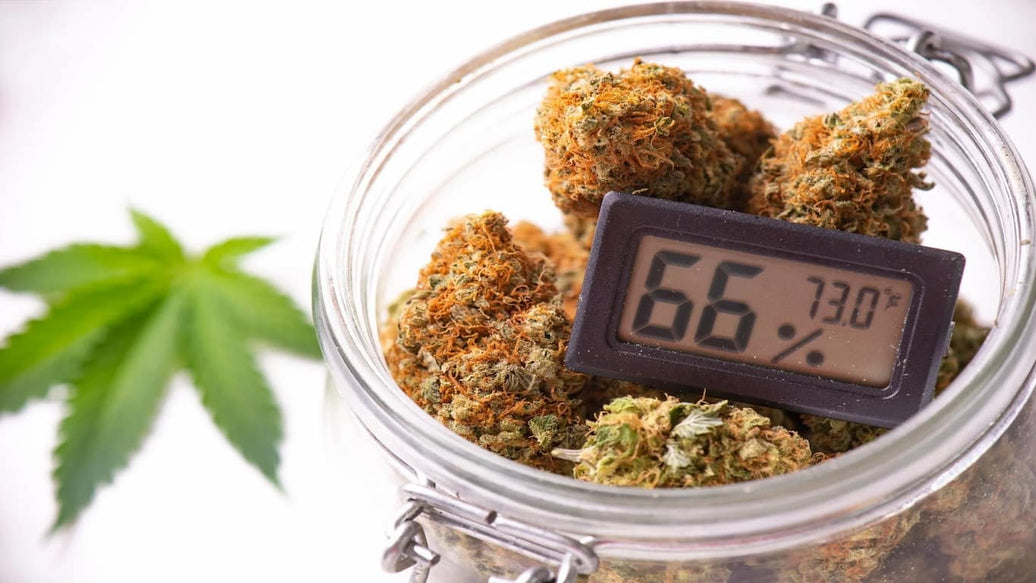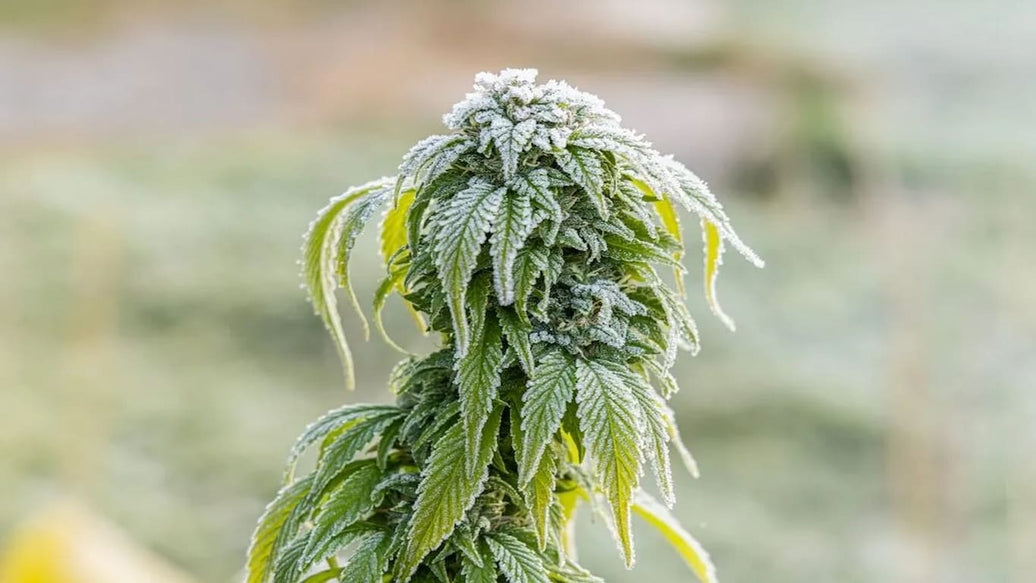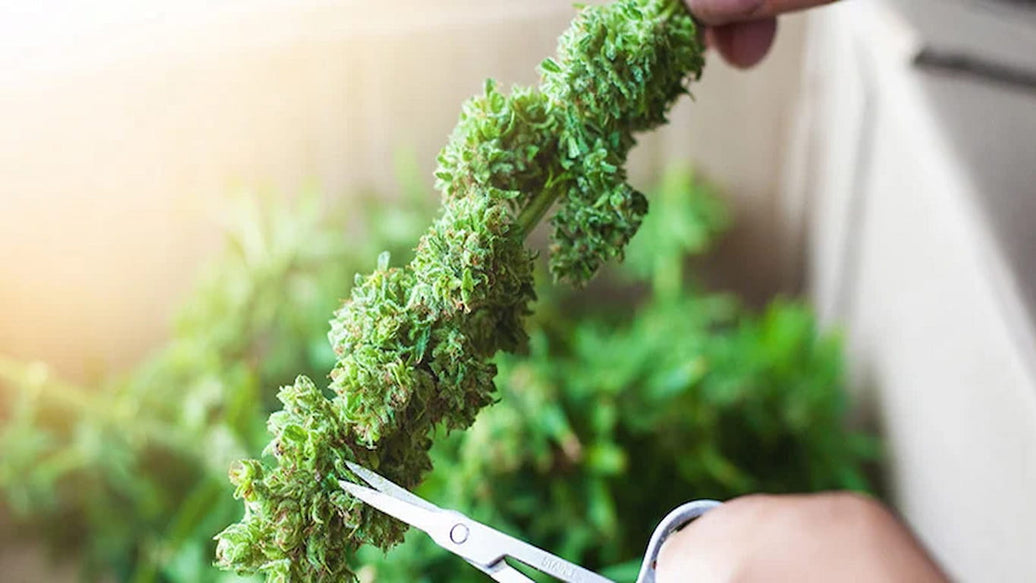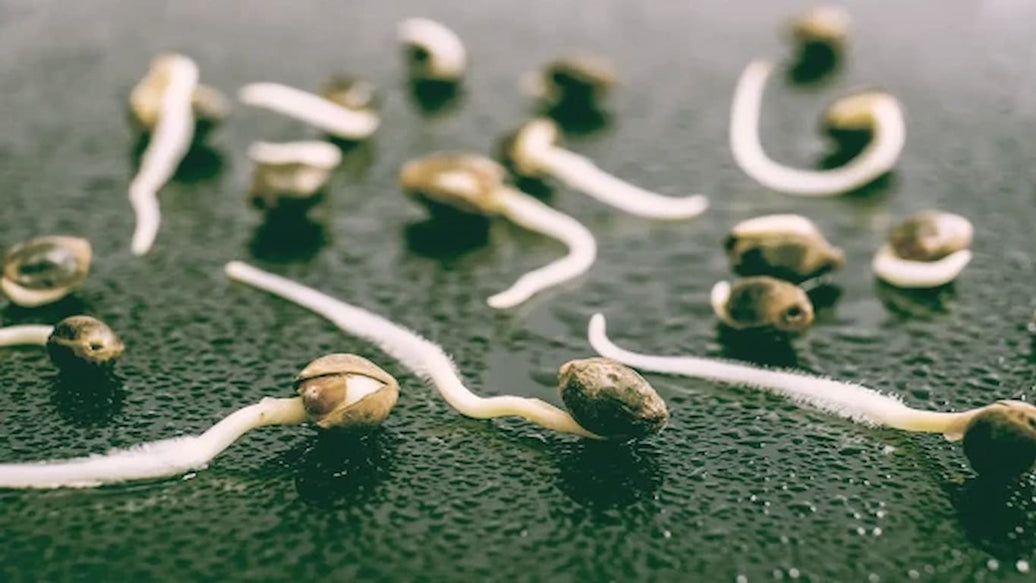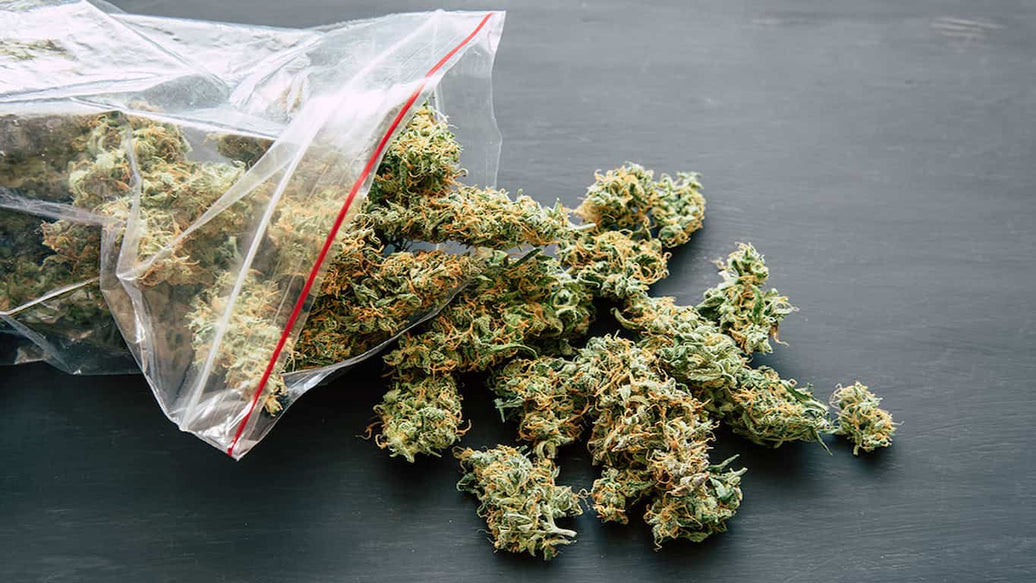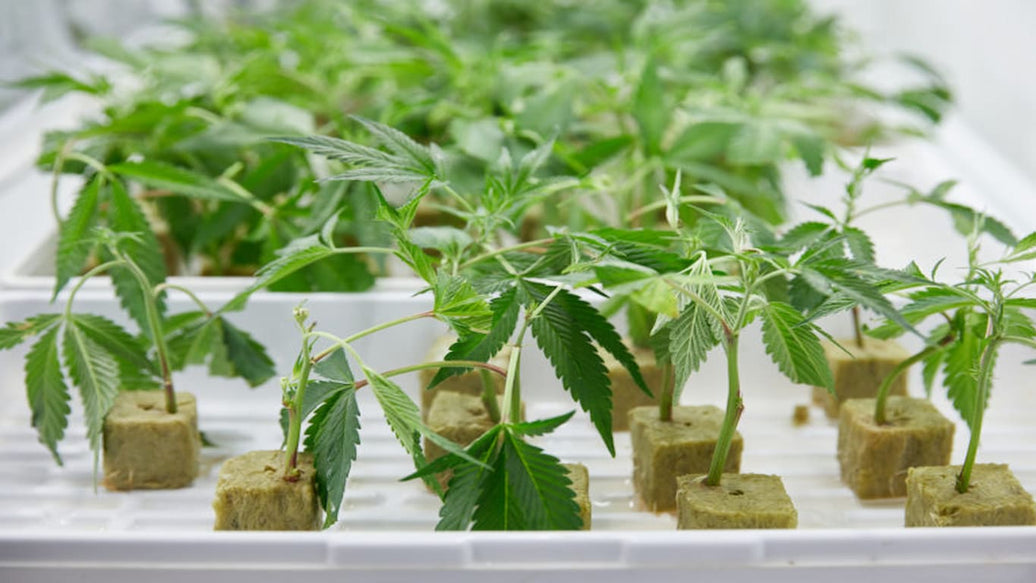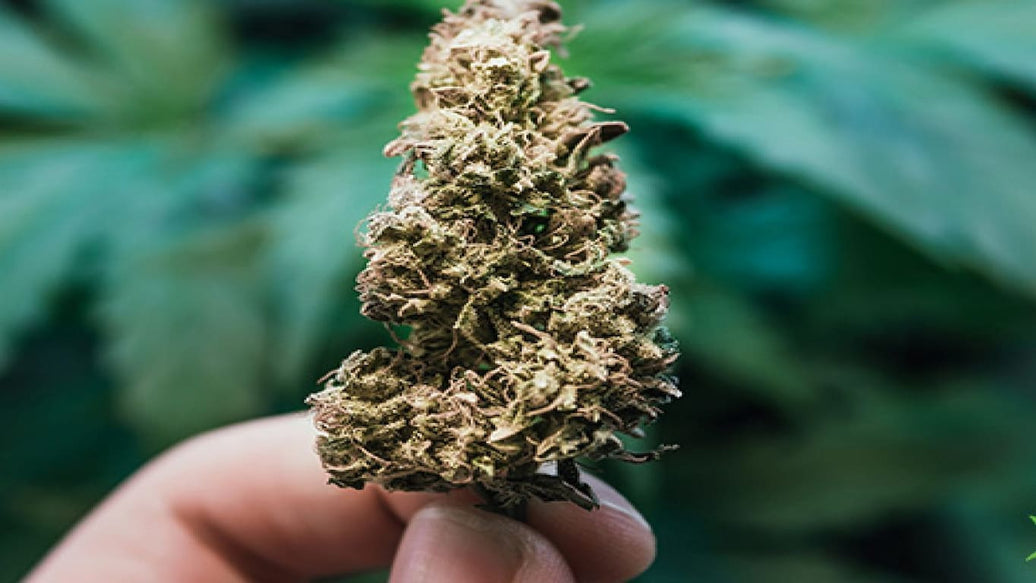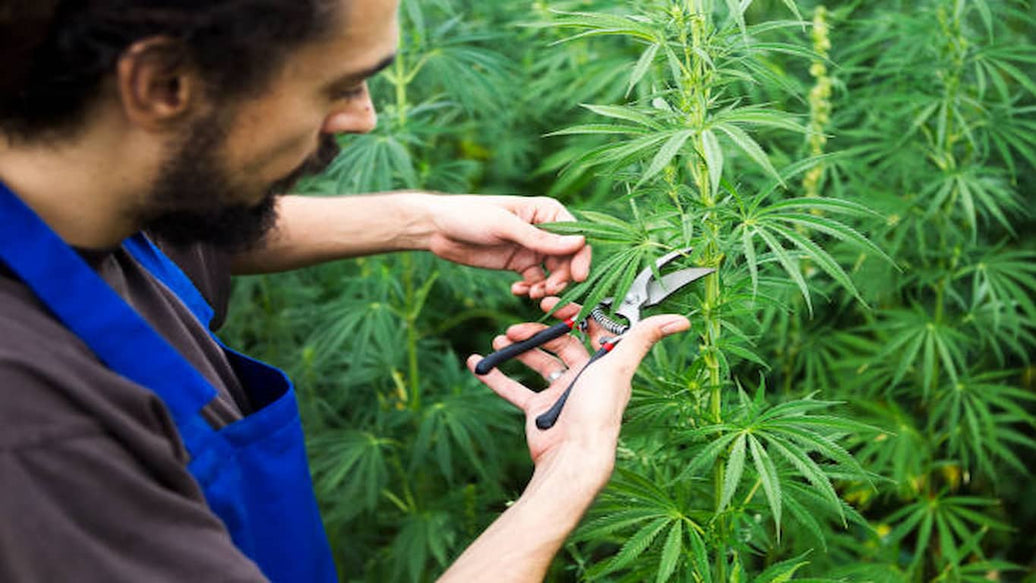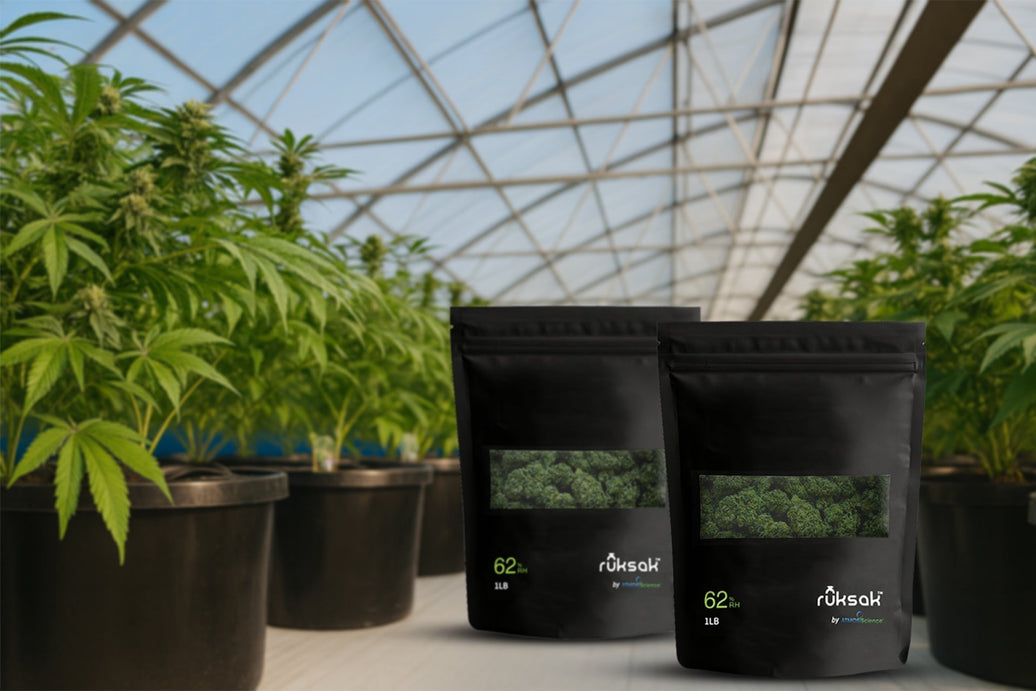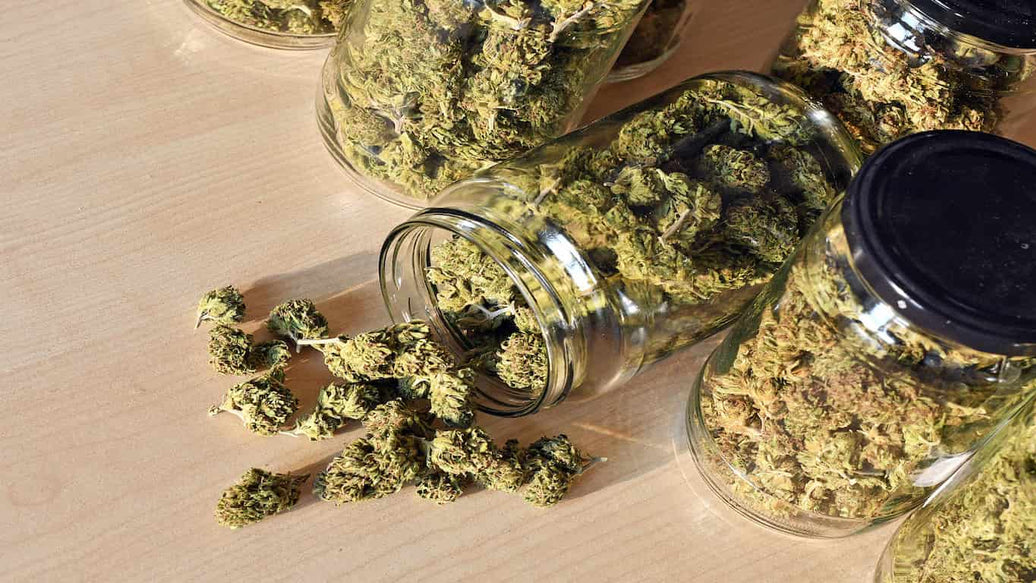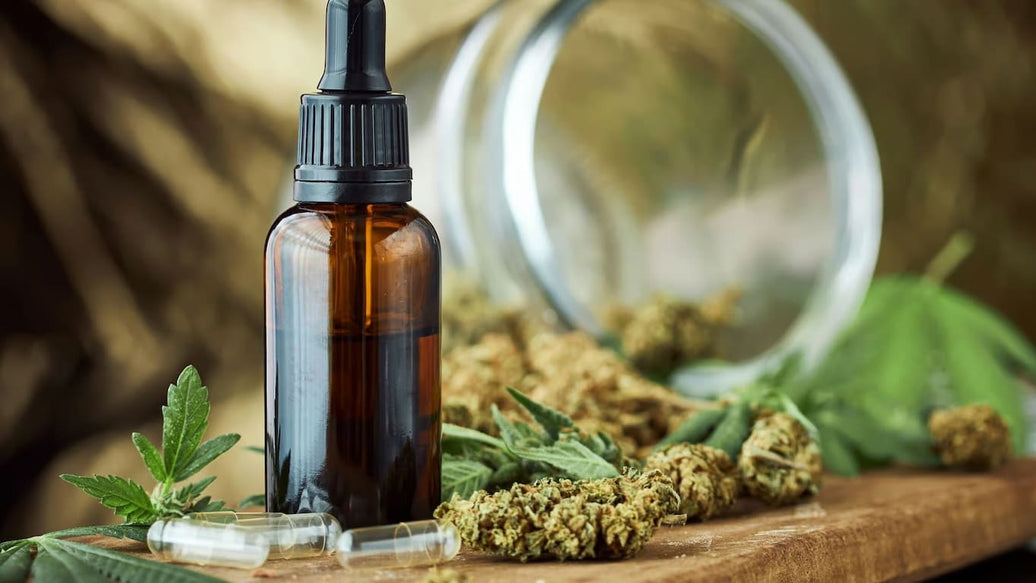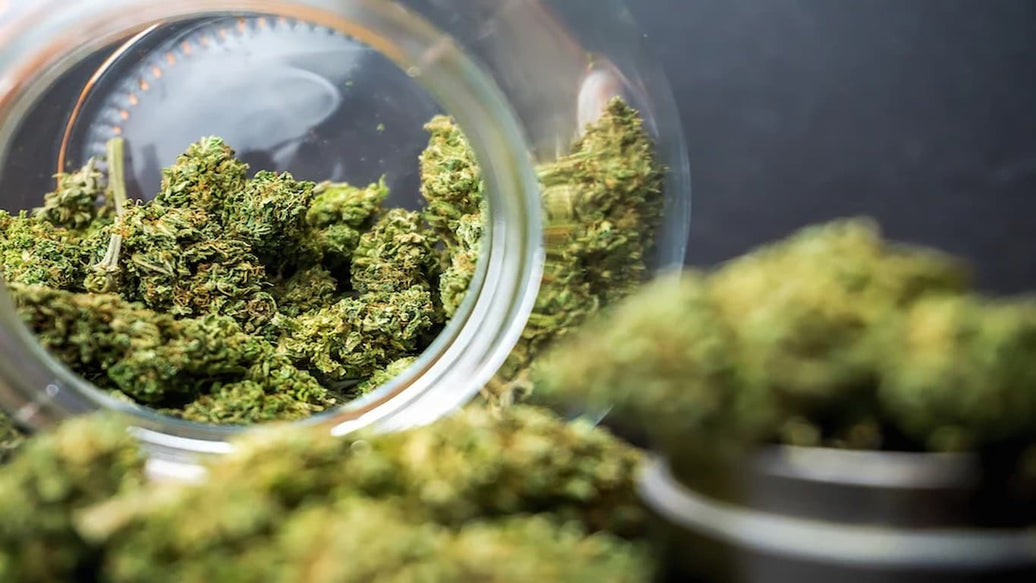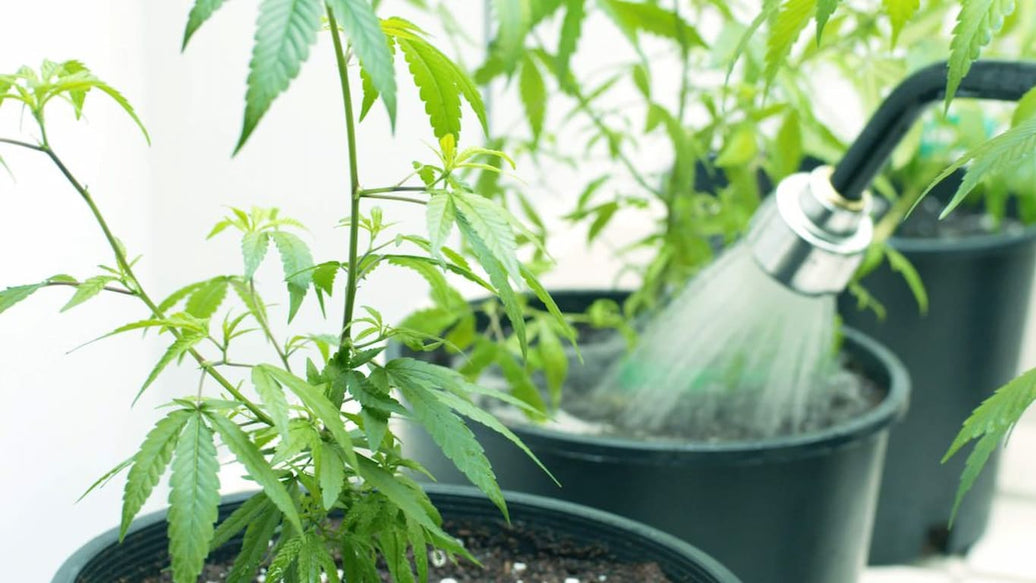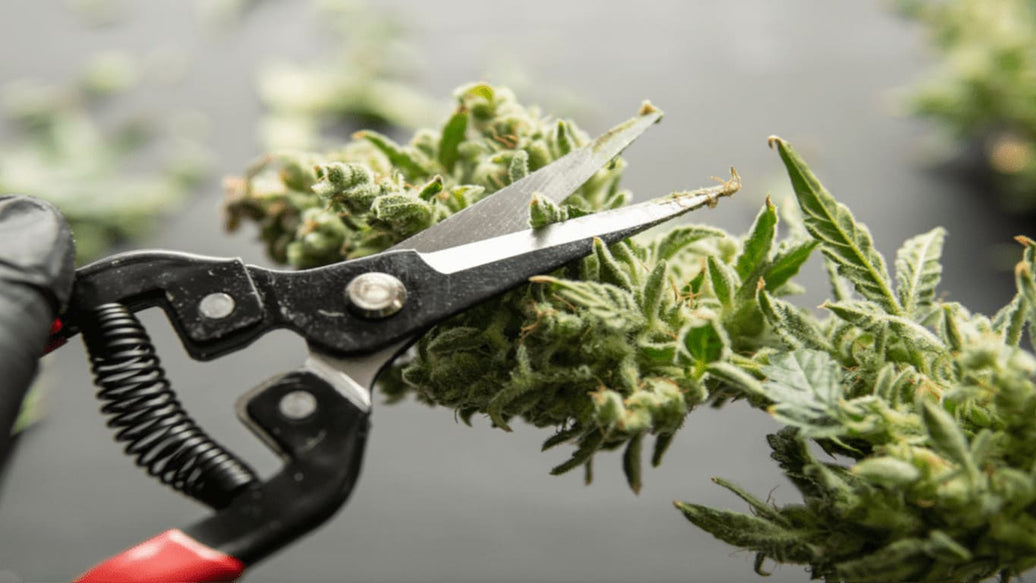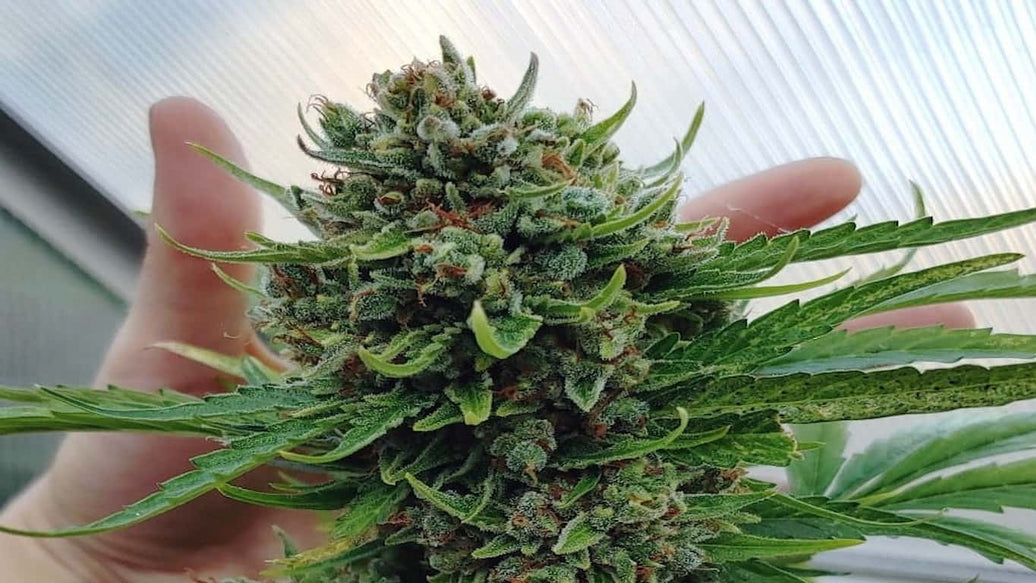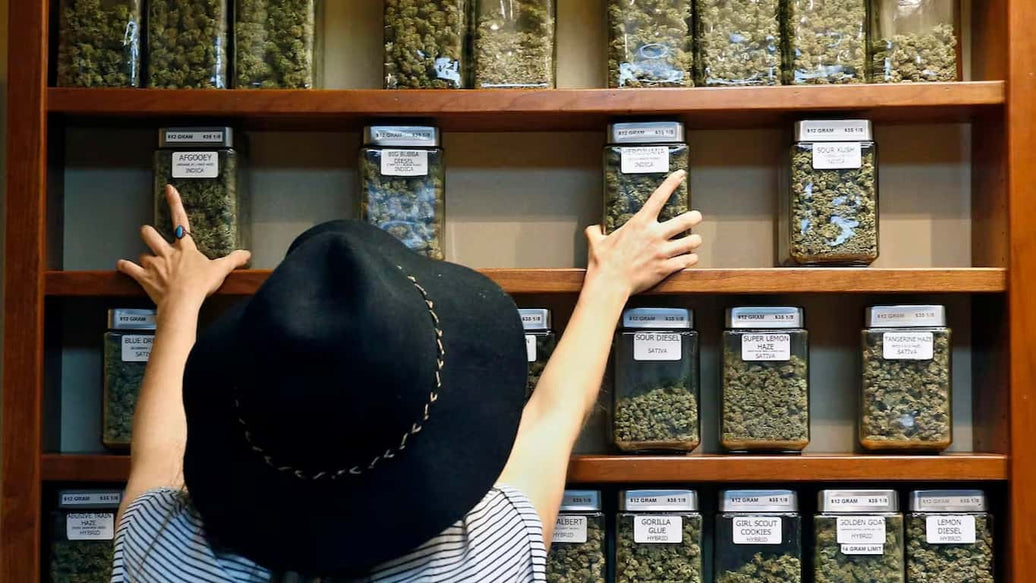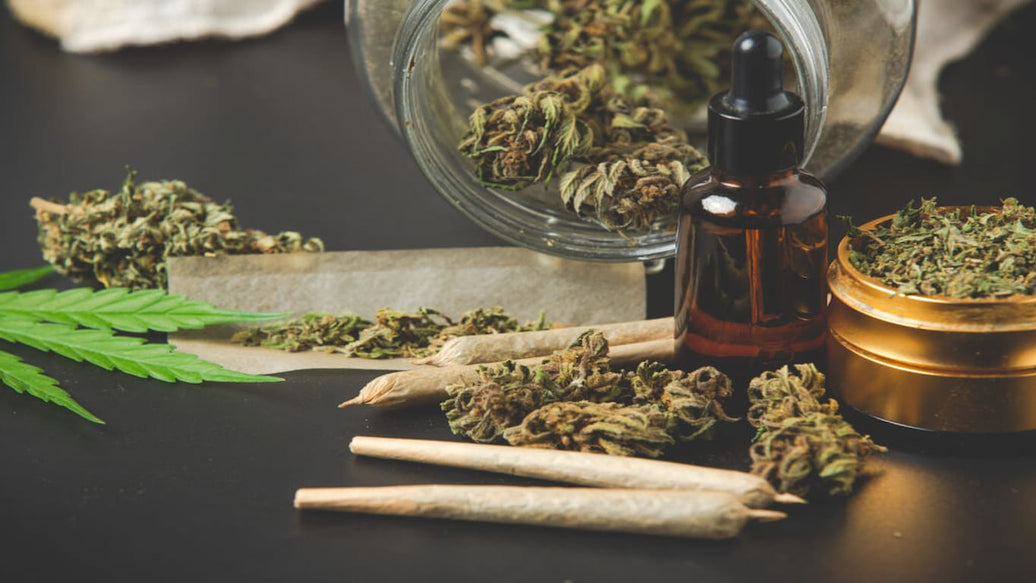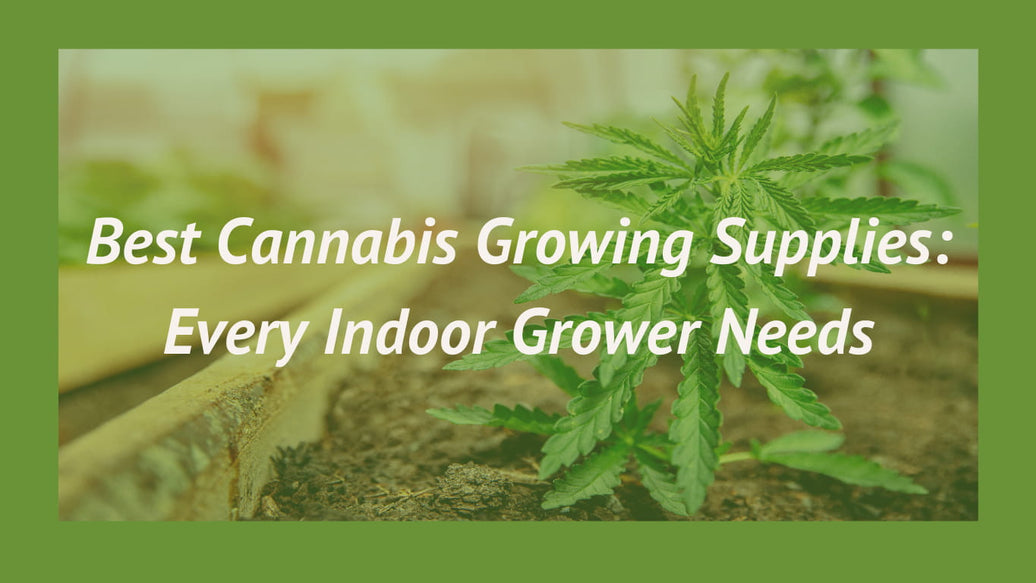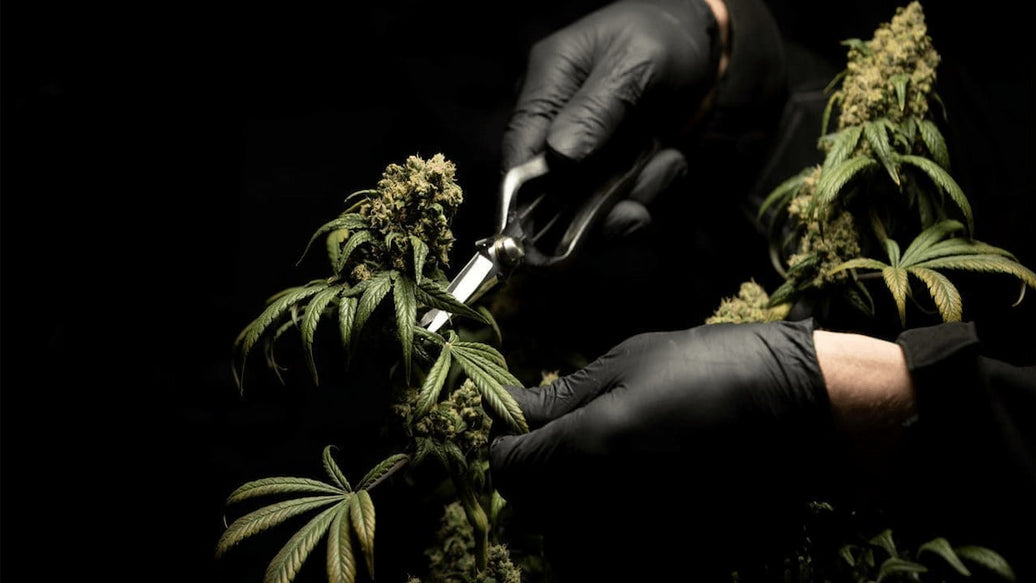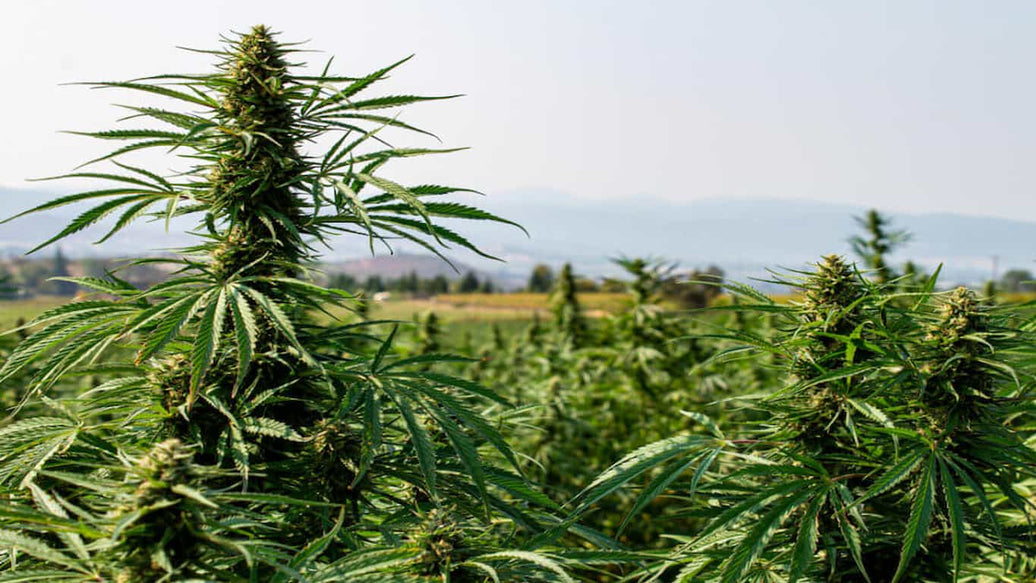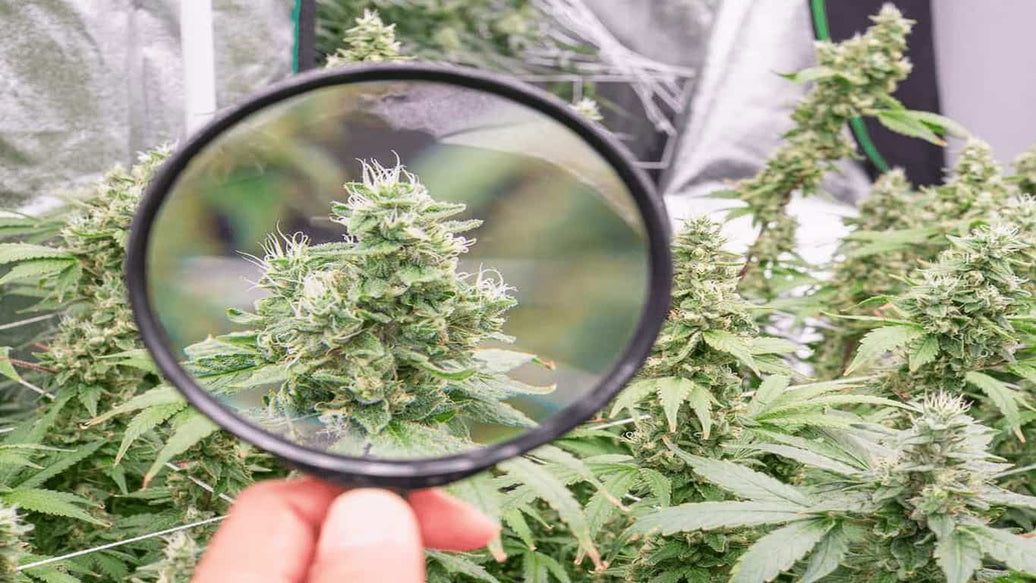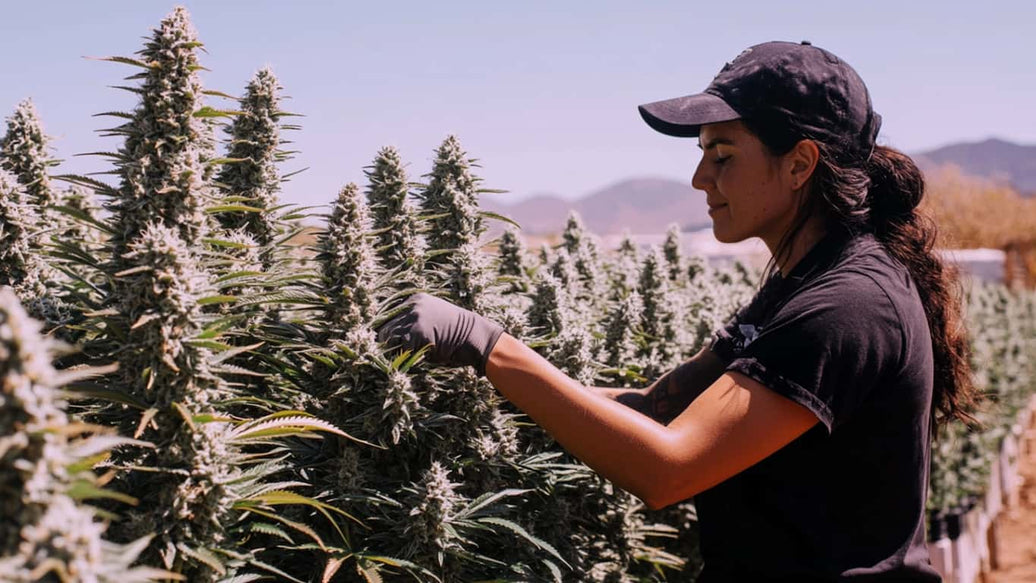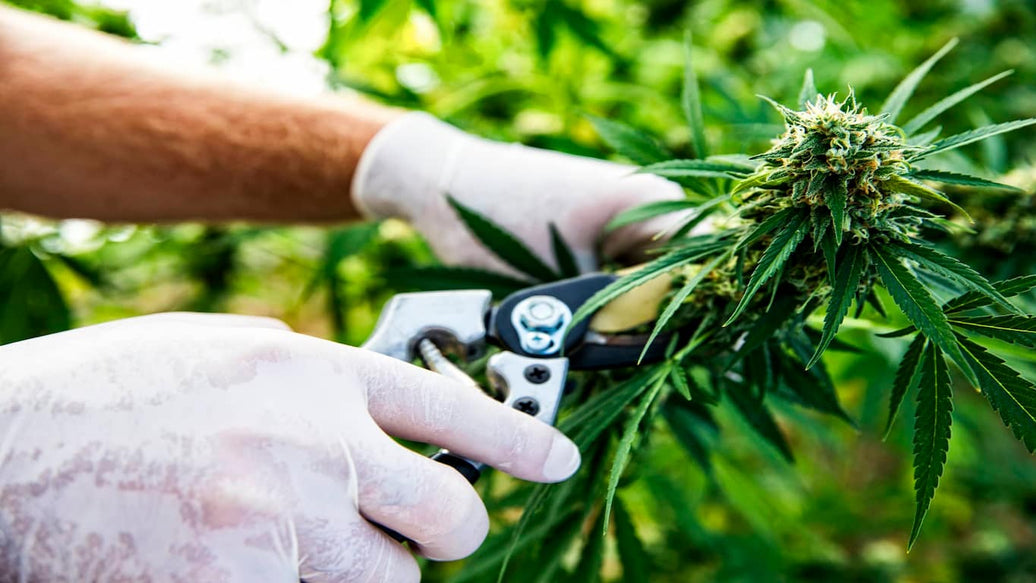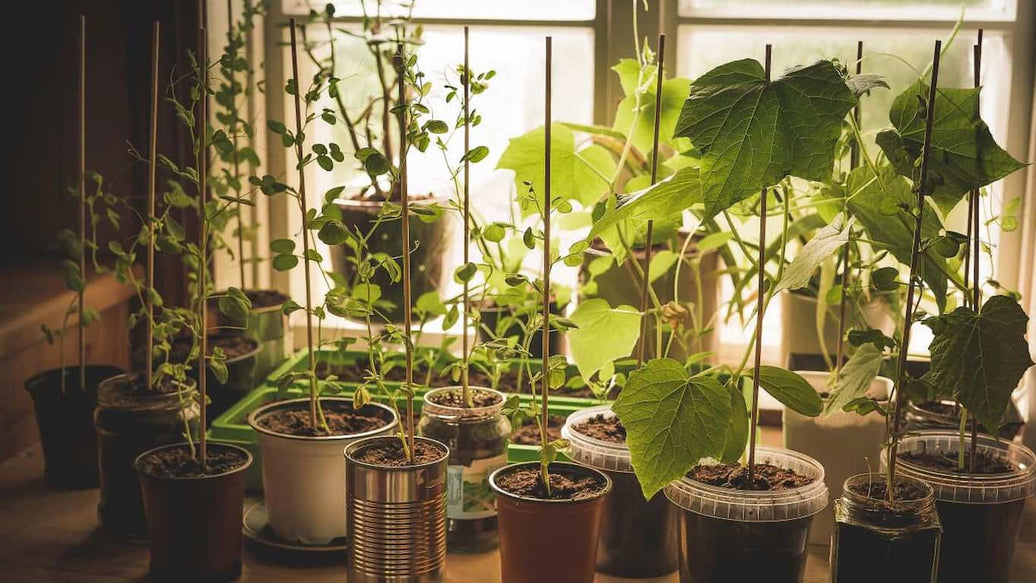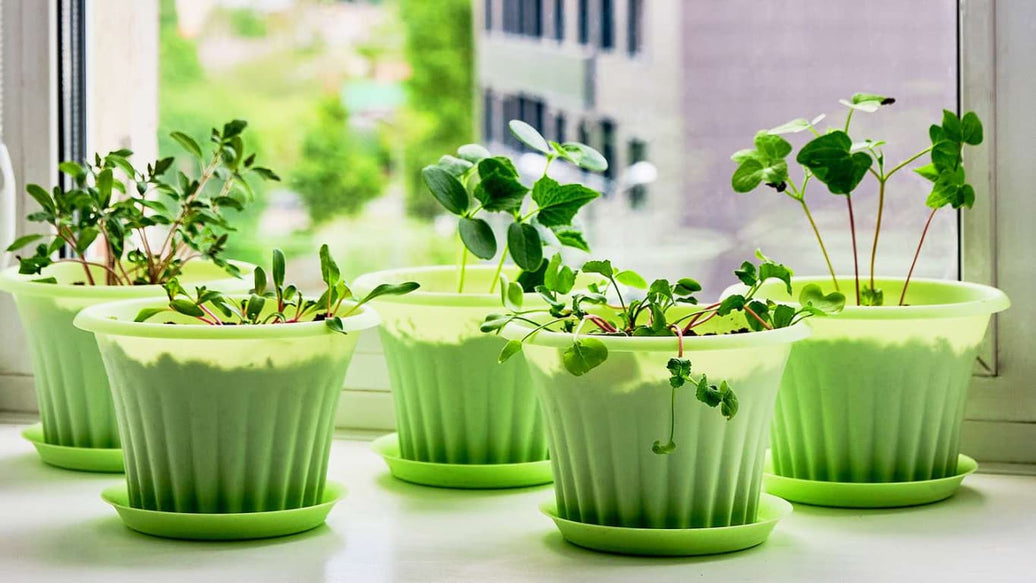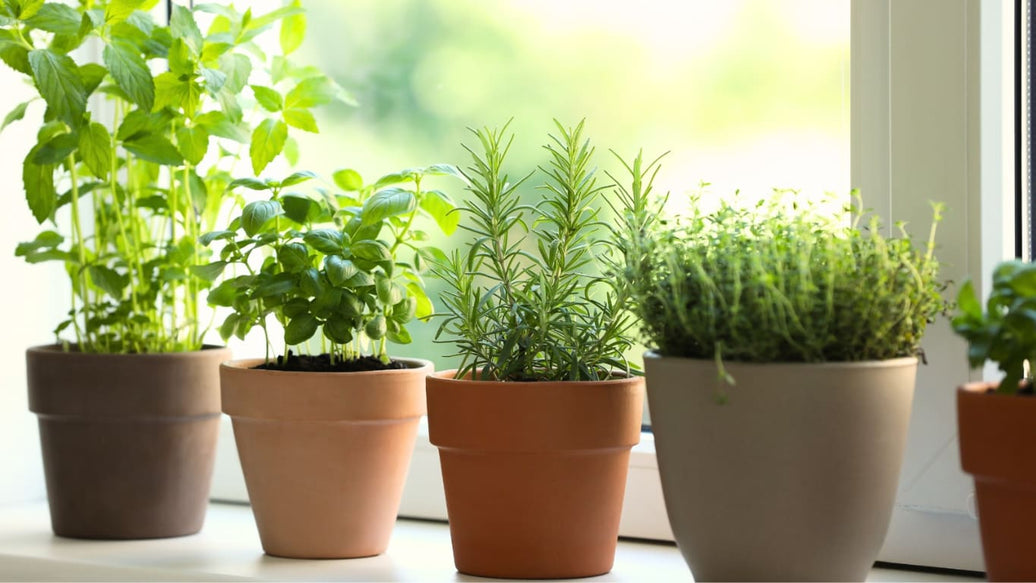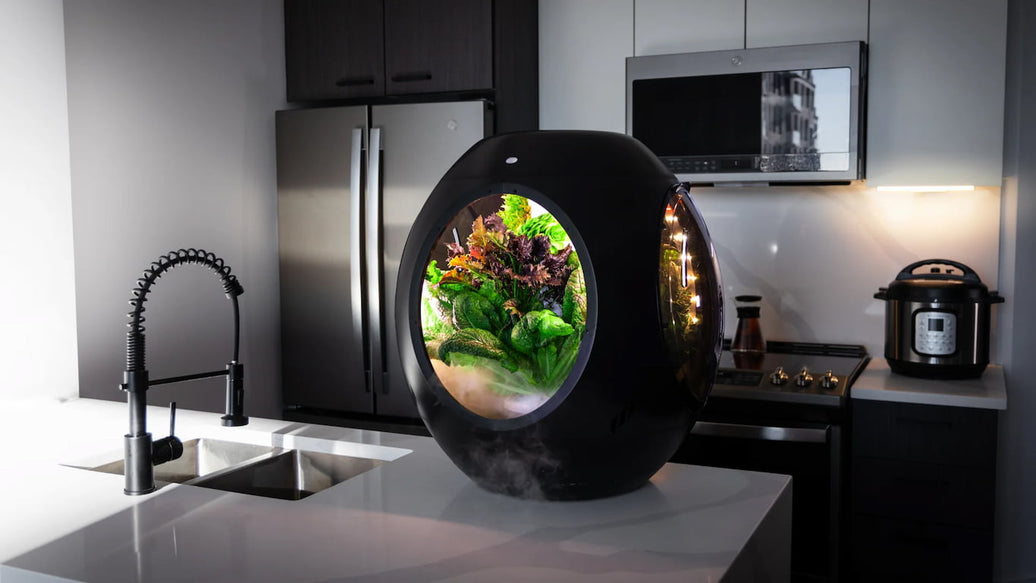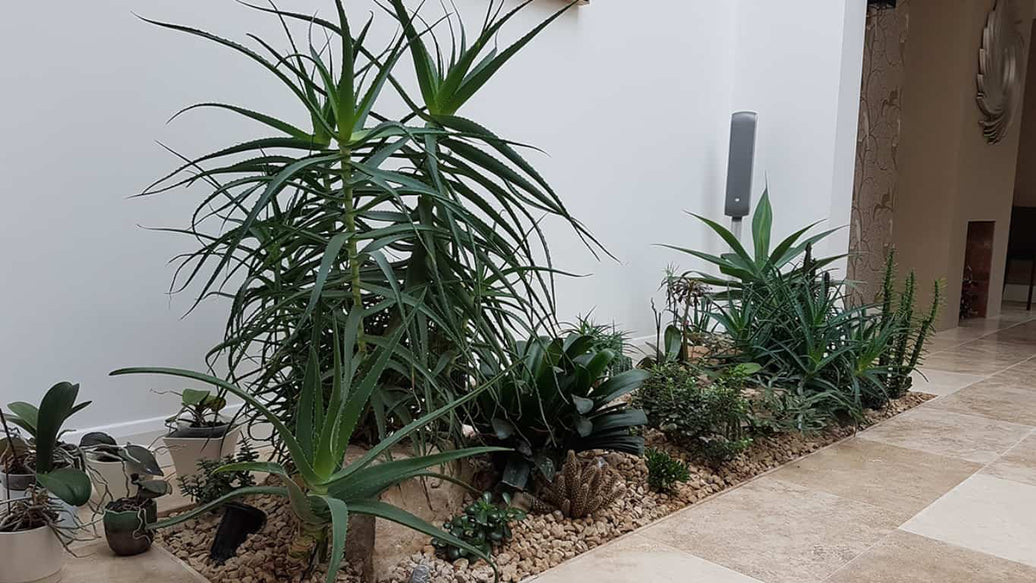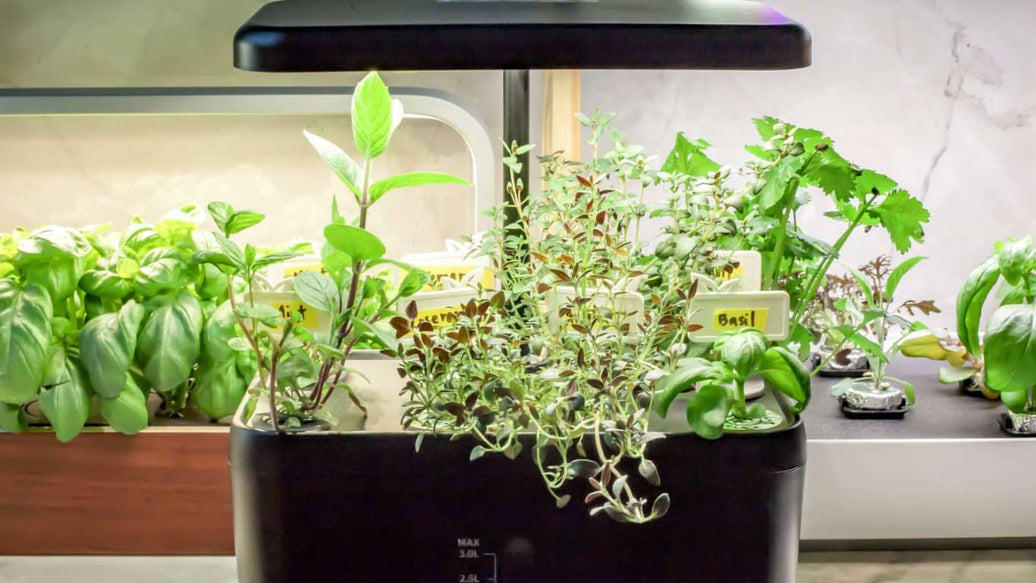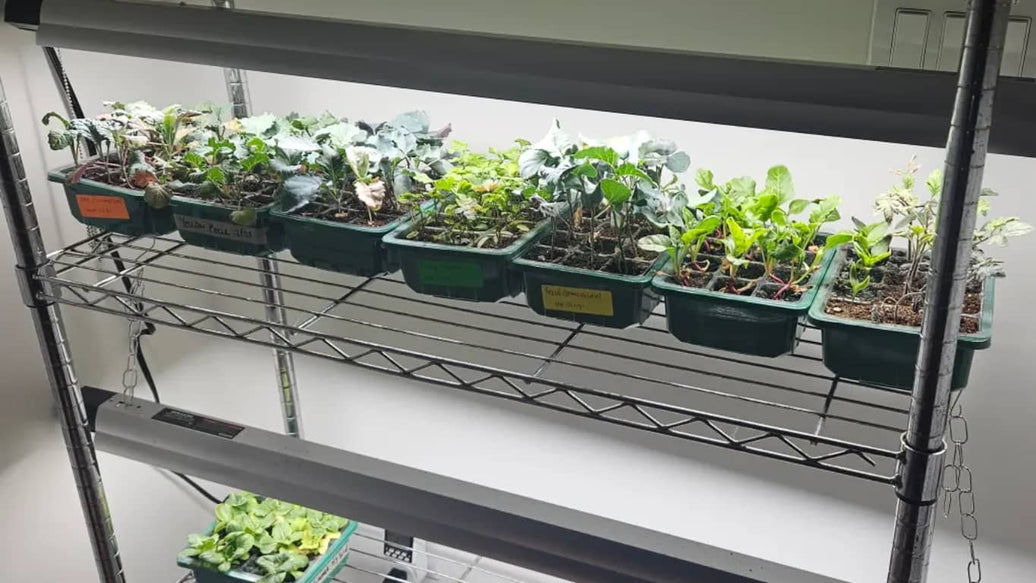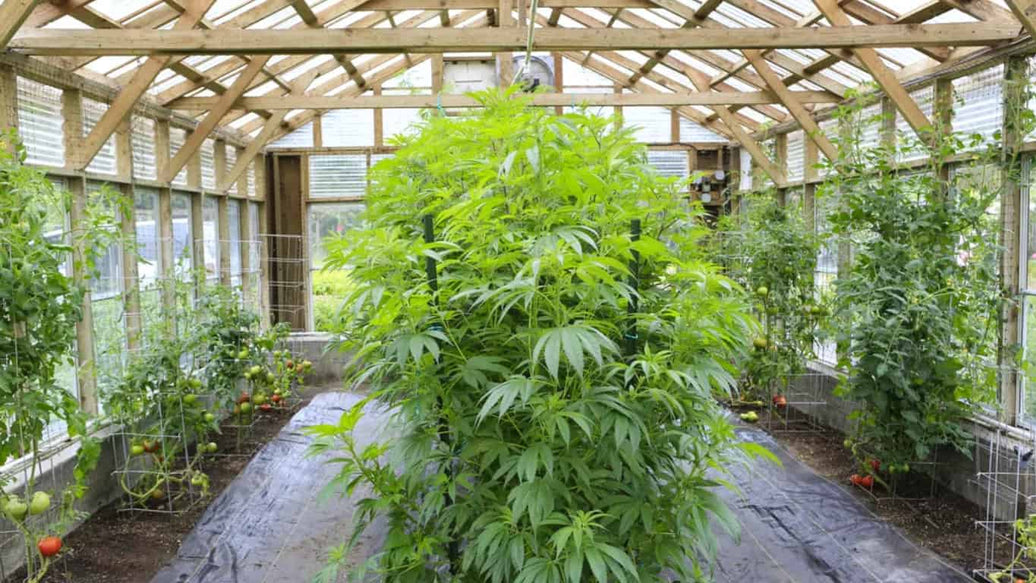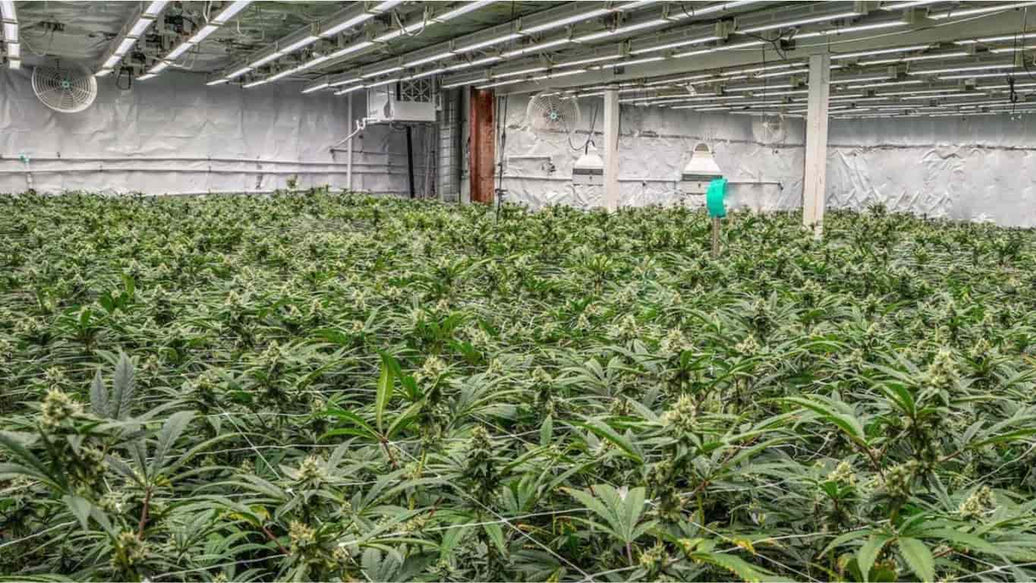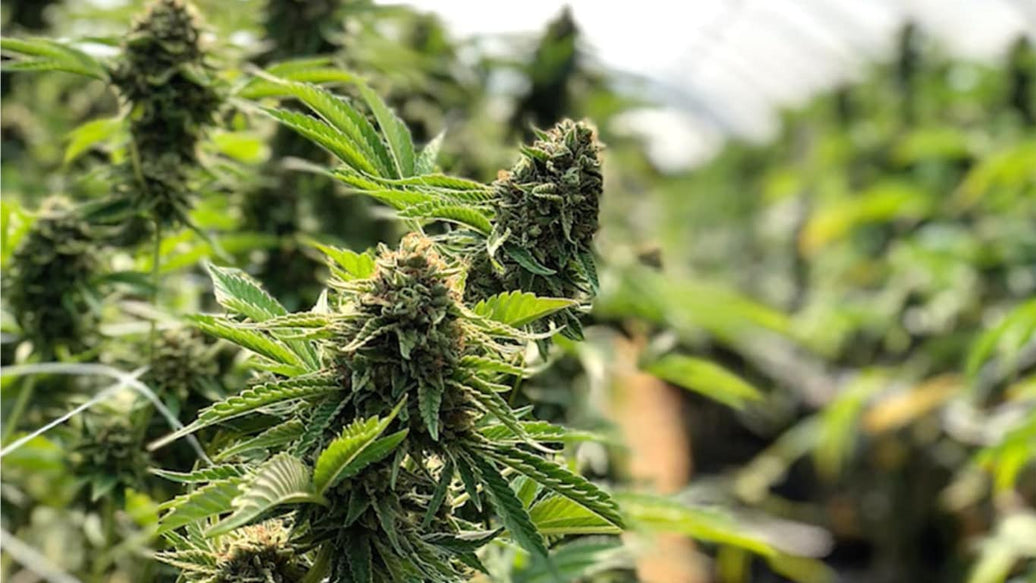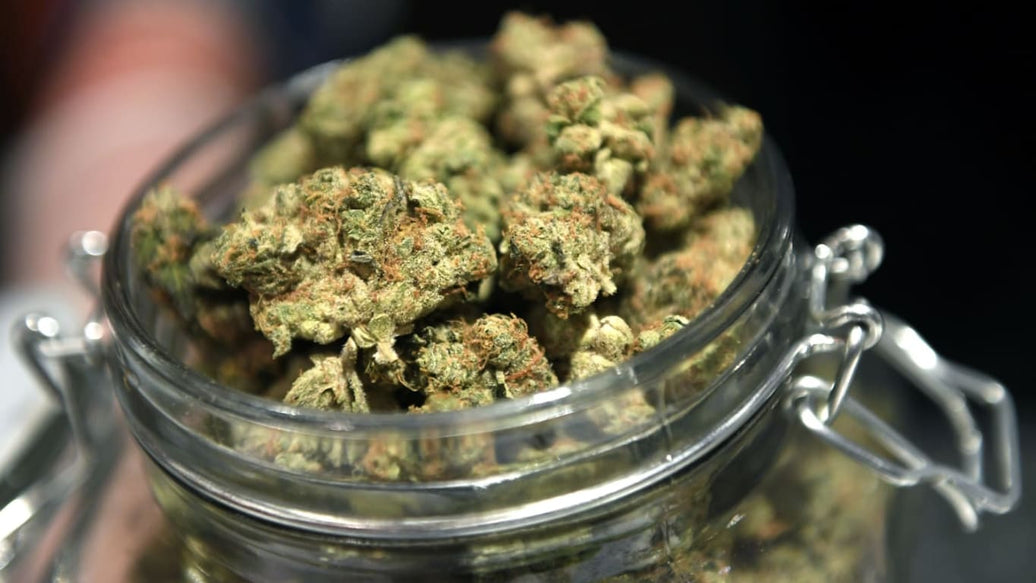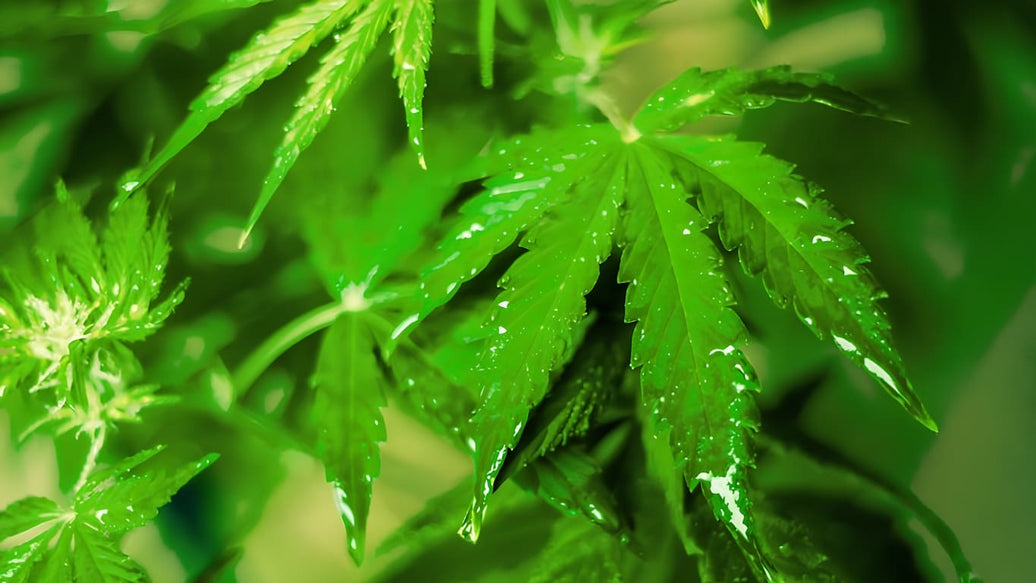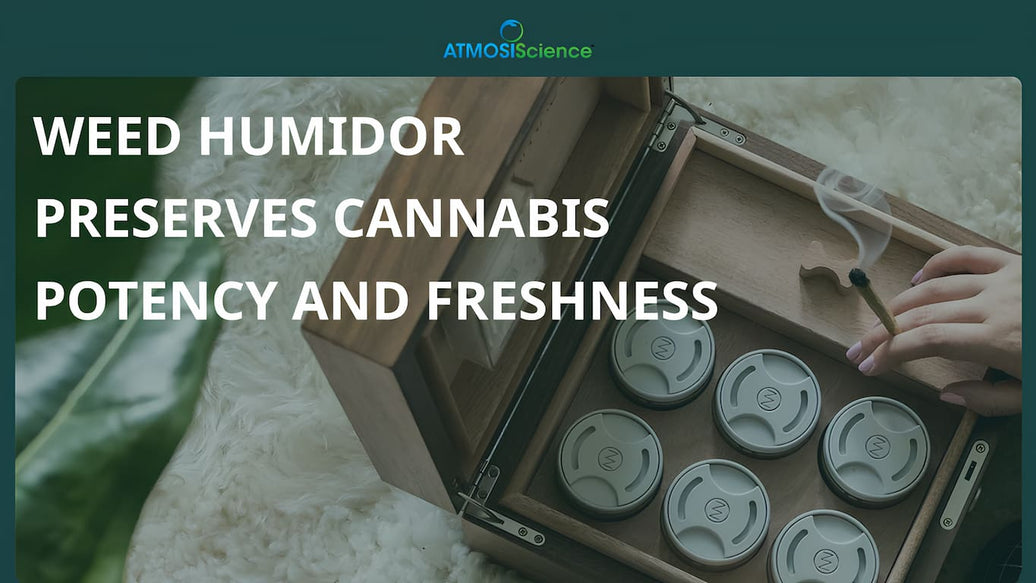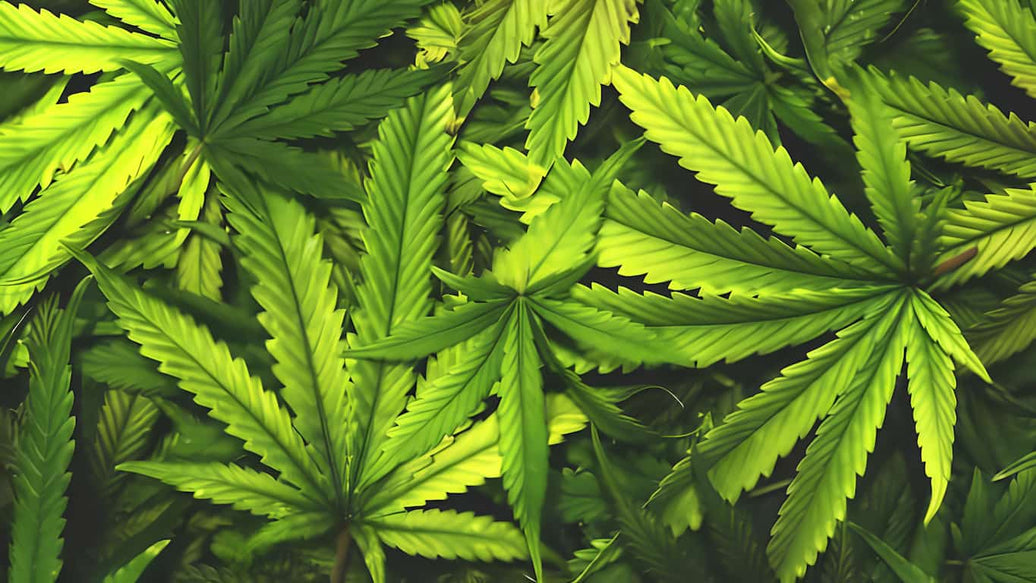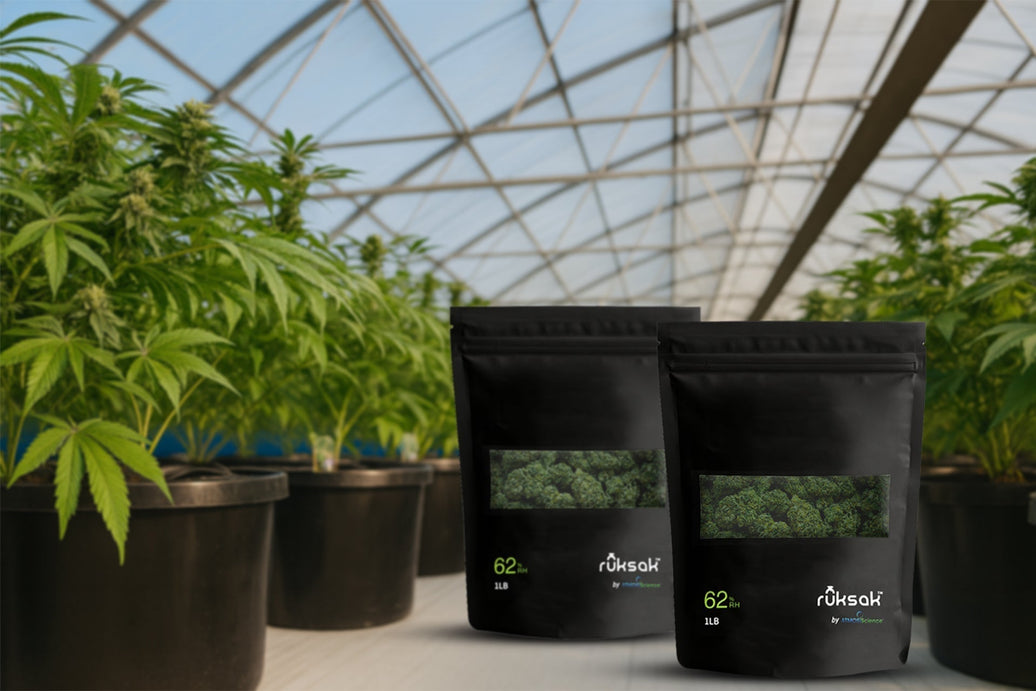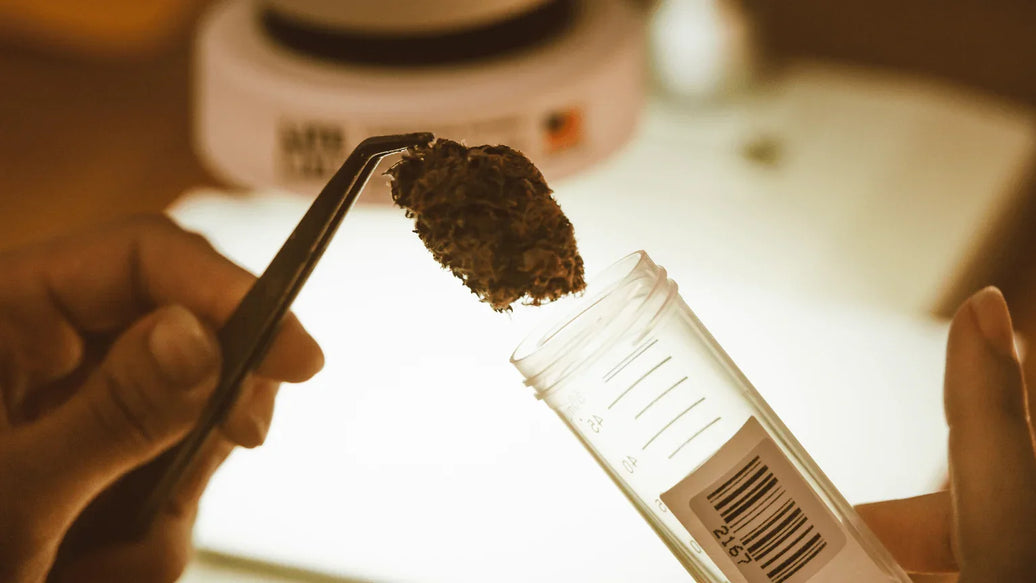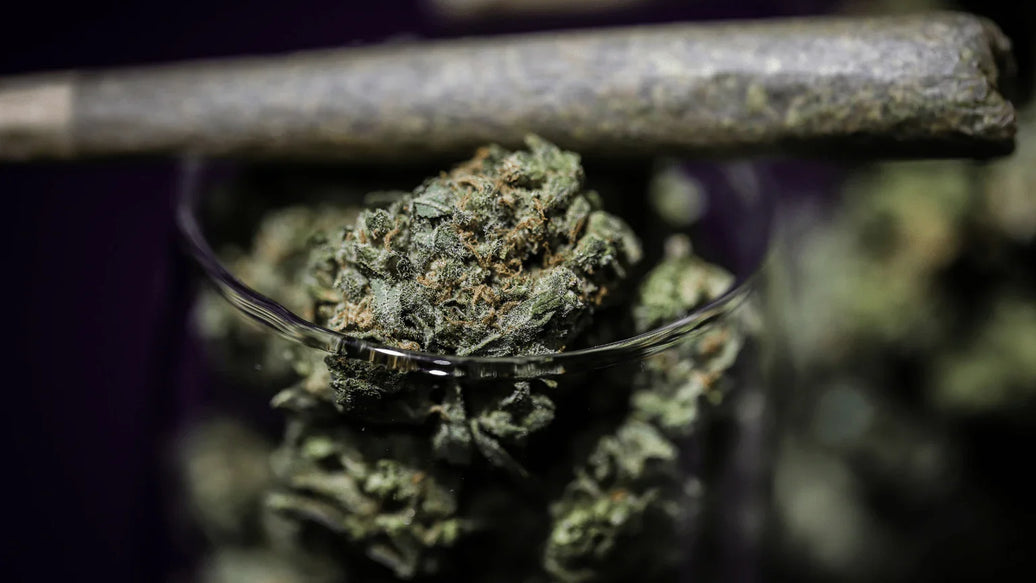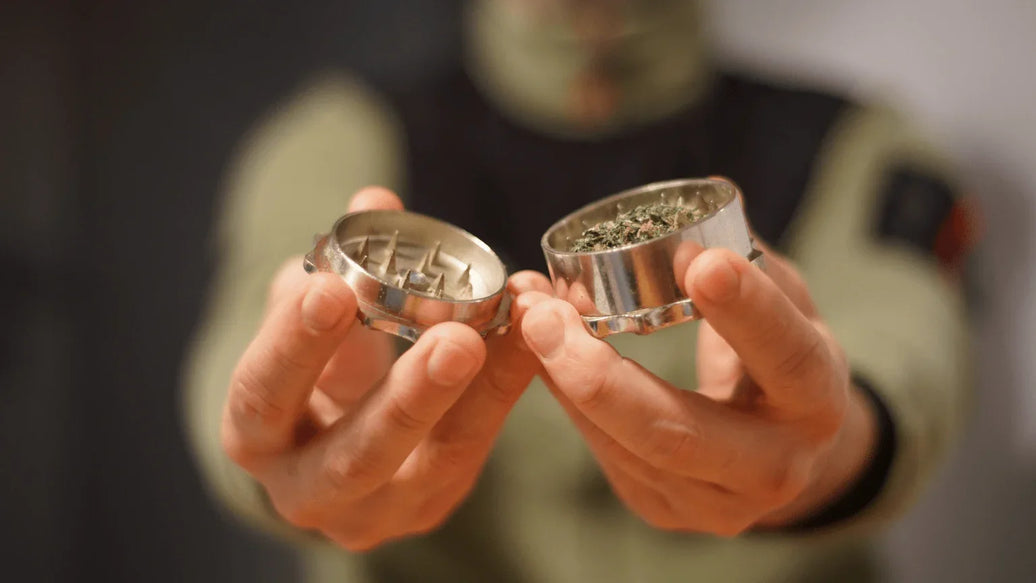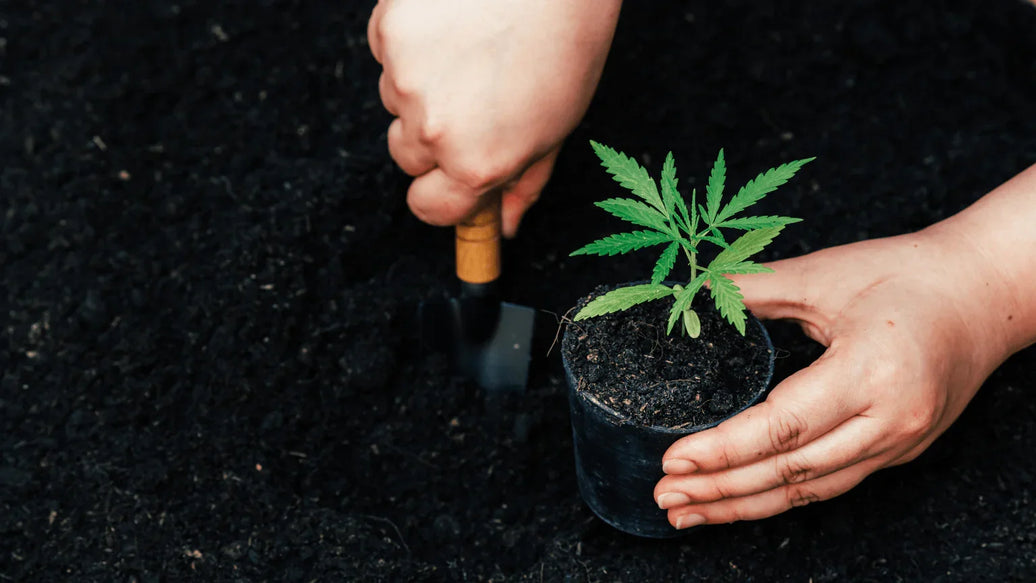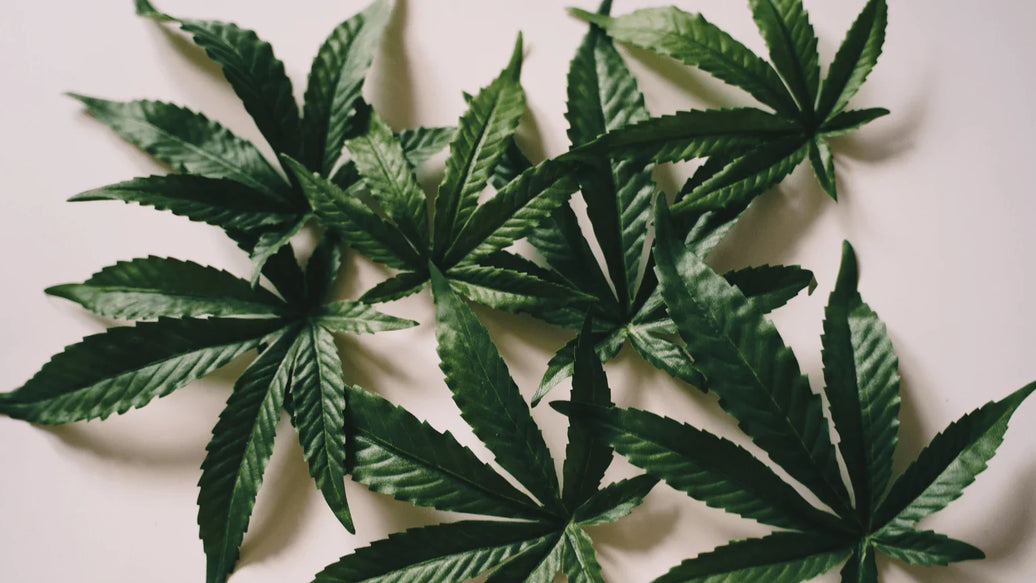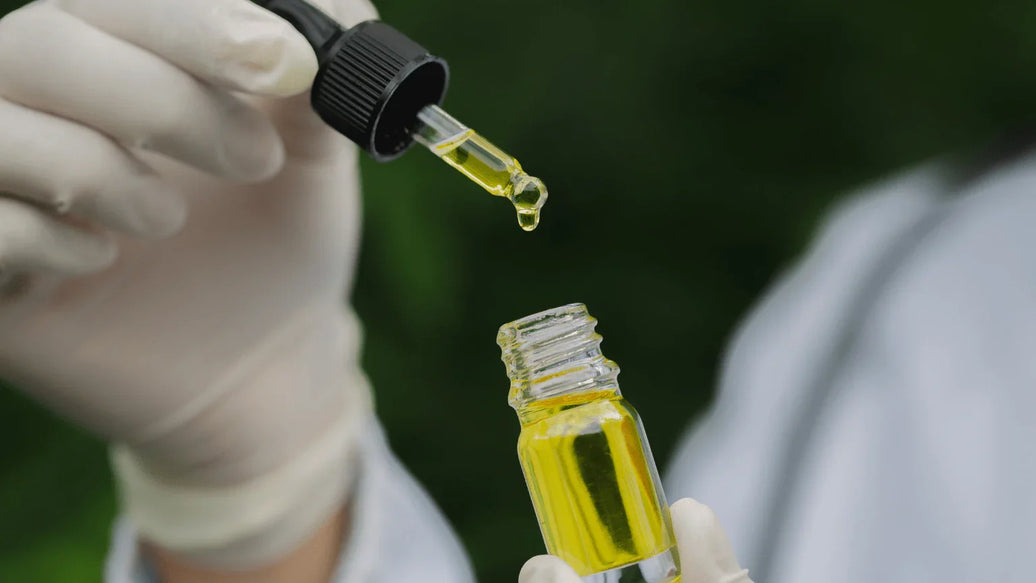The last 2 weeks of flowering in cannabis cultivation are arguably the most critical in determining the final quality, potency, and yield of the crop. During this pivotal phase, the plant undergoes significant physiological and biochemical transformations, setting the stage for harvest. Understanding what happens with cannabis 2 weeks before harvest and how to manage this window effectively can maximize cannabinoids, terpenes, and overall bud density. Additionally, proper postharvest handling and storage preserve these attributes for extended enjoyment.
This comprehensive guide explores the last 2 weeks of flowering what to expect, and practical tips for nutrient management, environmental control, and harvest timing, with trusted ATMOSIScience cannabis storage products and complementary blogs for optimal growing and storage strategies.

Understanding the last two weeks of flowering
The cannabis flowering phase typically spans 7 to 10 weeks depending on the strain, with the final cannabis 2 weeks before harvest marking the ripening and maturation stage. By this point, the vigorous bud growth seen earlier in flowering slows, while biochemical changes accelerate intensely.
During these last weeks, several key changes occur:
- Trichome production and maturation: The glandular trichomes become densely packed and turn from clear to milky white, then amber, signaling peak cannabinoid content and maturity. This visual change provides an essential harvest indicator.
- Pistil color change: White pistils darken to orange or brown, another sign the buds are ripening.
- Bud density: Buds swell and harden, becoming notably more resinous and aromatic due to terpene development.
- Cannabinoid synthesis: Cannabinoid levels, particularly THC and CBD, reach their peak concentration or begin slight degradation if harvest is delayed.
The plant’s energy focuses on resin synthesis and final bud maturation rather than vegetative growth or stretch. Understanding these transformative indicators allows growers to judge their harvest window accurately and optimize quality.
Cannabinoid and terpene development
Cannabinoids such as THC and CBD continue to accumulate robustly in the last 2 weeks of flowering, with milky to amber trichomes signaling maximum potency. Research on industrial hemp flower development shows cannabinoids rise steadily between 2 and 4 weeks post-flower initiation, highlighting the crucial timing for harvest to maximize chemical profiles.
Terpenes, the aromatic oils responsible for cannabis flavor and effects, also evolve rapidly. In the final flowering stages, terpene profiles intensify, influencing the bud’s scent and the subjective experience from different strains. Harvest timing influences whether effects lean toward energizing or relaxing, as cannabinoid-to-terpene ratios shift during maturation.
Using a magnifier to monitor trichomes provides growers with vital real-time data to avoid premature harvesting (when potency is suboptimal) or over-ripening (when THC degrades).

Nutrient management in final two weeks
Nutrient strategy during the last cannabis 2 weeks before harvest pivots toward flushing excess nutrients and transitioning to minimal feeding regimes:
- Flushing with pH-balanced water removes excess minerals from the medium and plant tissues, improving bud taste and smoke smoothness.
- During the late flowering, cannabis plants have high demands for phosphorus, potassium, and calcium but require reduced nitrogen, as leafy growth is no longer needed.
- Careful observation is essential to distinguish nutrient deficiencies versus toxicities, as plants become more sensitive during ripening.
- Manufacturer guidelines often recommend ceasing heavy fertilizers 1 to 2 weeks before harvest, allowing the plant to consume residual nutrients for better flavor and resin quality.
Proper flushing and nutrient tapering during this phase enhance bud smoothness and reduce harshness in the final product.
Discover more our blog: How to Flush Cannabis Before Harvest for Cleaner, Smoother Buds

Environmental and plant care factors
Maintaining optimal environmental conditions during the final flowering weeks is vital to prevent mold, enhance resin production, and protect bud integrity:
- Recommended humidity levels range between 30% and 40% to minimize mold risk while optimizing resin synthesis.
- Temperature should be controlled around 25°C (77°F) during the day and 16-17°C (60-63°F) at night to promote terpene preservation and healthy plant metabolism.
- Avoid plant stress - including light stress, temperature swings, or physical damage - as it can trigger hermaphroditism or stunt bud development.
- Structural support for heavy buds through stakes or plant clips prevents snapping and improves airflow around dense flowers.
Consistent favorable environmental control is necessary to maximize cannabinoid and terpene content while protecting the crop’s quality.
Harvest timing and techniques
Harvest timing is the culmination of observing key plant indicators and understanding cannabinoid maturity. Using a jeweler’s loupe to inspect trichomes:
- Clear trichomes indicate immaturity; harvest too early and potency is reduced.
- Milky white trichomes mark peak THC content, preferred for energetic or euphoric effects.
- Amber trichomes indicate aged THC degradation into CBN, favoring sedative effects - ideal for those seeking relaxing properties.
Many expert growers aim to harvest when trichomes are mostly milky with 10-30% amber for balanced effects.
Best practice also involves:
- Cutting buds carefully to avoid damage.
- Immediate drying in controlled environments with 45-55% humidity and air circulation.
- Extended curing in airtight containers to optimize flavor, potency, and smoothness.
For detailed cannabis curing and storage techniques, refer to our postharvest handling blog and ATMOSIScience’s recommended cannabis storage products designed for ideal humidity control.
Cannabis storage solutions to preserve quality
Post-harvest storage is critical to preserving cannabinoids and terpenes developed during flowering. Improper storage leads to potency loss, mold growth, and degraded flavor over time.
ATMOSIScience offers premium storage solutions tailored for cannabis:
- Humidi-Cure: Maintain consistent 62% optimal relative humidity, preserving terpene profiles and preventing mold.
- 1 lb ruksak bags: Durable, smell-proof, and humidity-friendly bags for bulk storage.
- ATMOSIScience liners: Enhance airtight sealing to avoid contamination and external moisture fluctuations.

Using these products in tandem supports long-term quality retention of harvested cannabis and is strongly recommended for any serious grower or connoisseur.
Conclusion
The cannabis 2 weeks before harvest is a crucial period that defines the final quality, potency, and yield of cannabis crops. By closely monitoring trichome maturation, pistil color changes, and cannabinoid development, growers can pinpoint optimal harvest timing. Nutrient management, environmental control, and gentle plant care during this phase ensure the development of dense, resinous buds rich in cannabinoids and terpenes.
Post-harvest, investing in trusted storage solutions like ATMOSIScience’s Humidi-Cure, ruksak bags, and humidity control liners guarantees preservation of the delicate chemical profiles achieved through careful cultivation. Combining these science-backed practices will maximize harvest results and provide an elevated cannabis experience.

